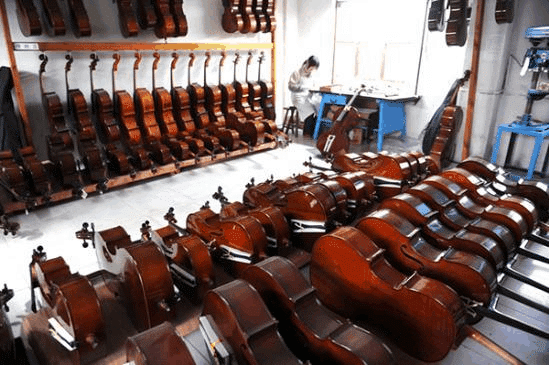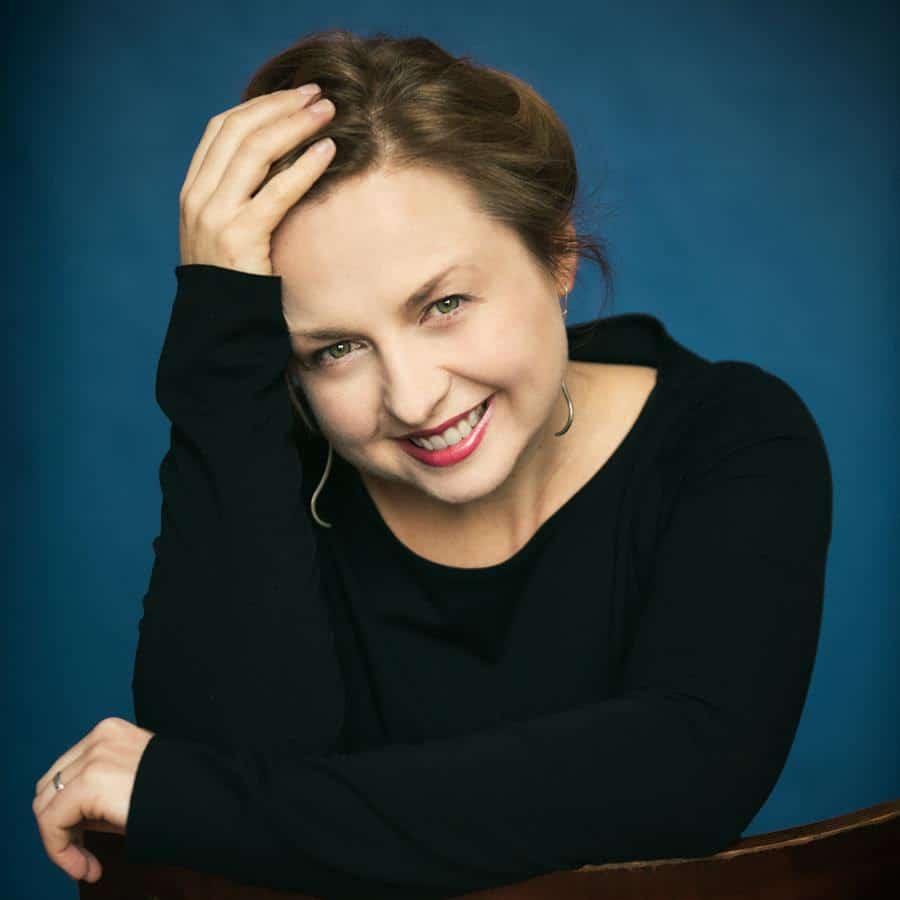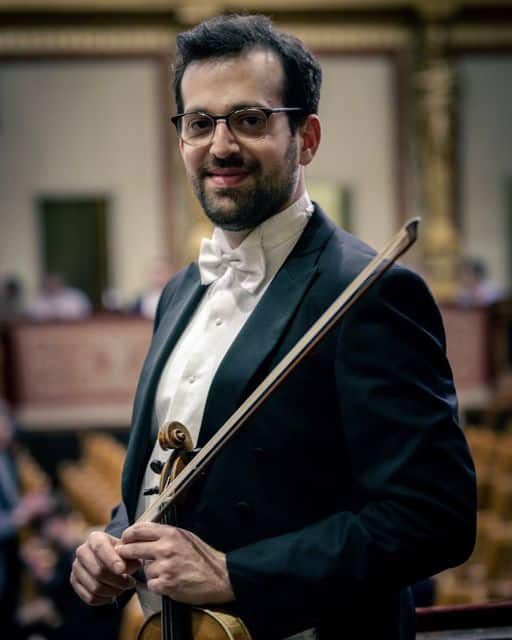A small town in China makes one million violins each year
OrchestrasFrom Ludwig Van Toronto:
More than 950,000 violins are crafted each year in the small Chinese city of Huangqiao, earning it the nickname the “Cremona of the East”. That staggering number makes it the world’s largest violin-making centre, supplying about 70 percent of China’s market, and about 30 percent of the global supply, according to local officials.
Of that total, annual export sales have reached 720,000, accounting for 53 percent of China’s violin exports. The instruments are shipped to markets in Europe, North America, the Middle East, and South Africa, among other regions. Annual exports from the town are valued at about 1 billion yuan ($196,524,226.60 CAD).
In a city of about 200,000 residents, 30,000 work for the violin companies, which number well over 230. Some companies also produce violas and cellos.
Why Huangqiao Town?
Read on here.






So it joins the Pearl River Piano factory which I believe is the largest maker of pianos in the world.
Interesting that all schoolchildren have to learn the violin in that city. Perhaps we now know why so much classical music activity has been developing in Asia and why many say its future is very much tied now to Asia where it is expanding rapidly.
I took a tour of one of these factories several years ago. The dedication and skill of the workers was amazing. They aren’t making strads, they’re making viable student instruments. The plant manager told us an astonishing statistic: in China, they have more violin students than America has students.
I must say that I have tried some of them, and they were not terrible… with “not terrible” I mean that they were playable, not that I’d take them to play the solo in Scheherazade or that I’d avise any serious student to buy one.
What would surprise some people is how many luthiers in Europe – some of the famous ones too – buy unfinished instruments in China for very little money, bring them to their workshops in Europe, finish them, and sell them for 10x-20x, shortening the time of creating that instrument by half or more, making a lovely profit.
That’s the so called brand equity explored by these well-established European makers. However, China will have its own brand in a few decades, like they do now with their mobile phones and sneakers.
“lovely ” is a very elegant word!
I assume I have seen some of the violins made by this factory since I have seen, and played on, some of this new generation of Chinese violins, mostly the low end. And I’d say this that you get your money’s worth – it is a fair deal. Although I am relying on my memory I think back to the “factory fiddles” that most of my classmates had in the 1960s — the school seemed to control what was available and only one make was involved — and they did not measure up in sound or playability to these Chinese instruments and bows. Given that most beginners play for a while and then move on anyway, to me it is a good thing.
Going further back, my father’s uncle had a classic “Sears Roebuck Catalog” violin that probably dated to the 1890s and likely cost a few dollars. I strung it up and tried it out and although it looked rather nice, it was worthless, absolutely worthless. According to my dad, his own father who was a violinist and violin maker also proclaimed it to be worthless and that was circa 1920. Conclusion: the raw beginner today is likely better served by what is available to them in the way of affordable violins than was the case years ago.
Many handmade Chinese violins are very good value for money.
Many violin makers in Europe and the US are charging such obscene prices for their instruments that China may well be an answer.
Obscene prices. I am more inclined to put the suckers who pay these prices in the dock rather than the makers themselves. A good modern violin should not cost more than €2000. After all, a new instrument is an unknown quantity. Some of them don’t last and sometimes the makers just don’t want to know.
I had a ‘Golden Strad’ cello in the 1970’s. It was great. So many students started on these.
I bought a Chinese cello for $79 and it’s very sad…
https://youtube.com/shorts/_Lt61orRHHU